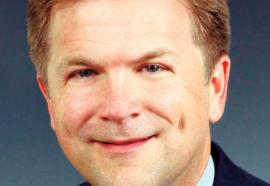Keep Your Eye on the South
The Southeast again is the battleground for fuels, technology, and market structure.
One sure sign of recovery in boom-and-bust power-generation markets is the renewed growth in the planning and construction of power plants. Active efforts are underway in generation development in the Southeast markets in spite of the high levels of generating reserve margins. With its traditional utility-dominated market structure and a preference for baseload generation, the Southeast is the battleground for the next round of power-generation development.





